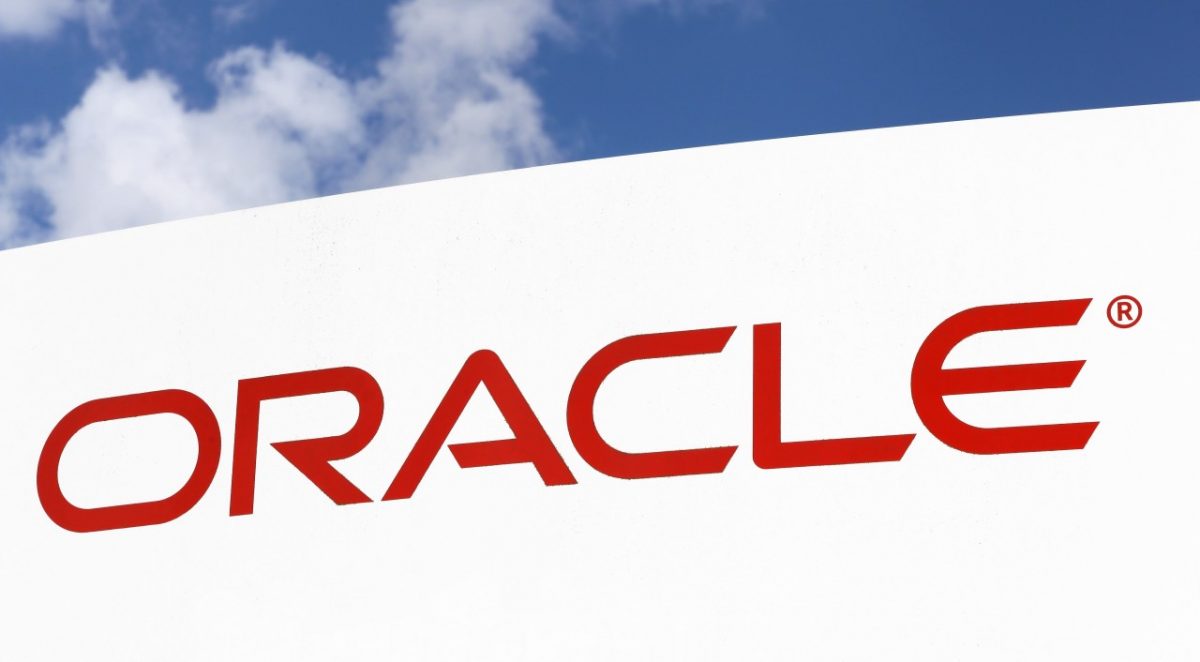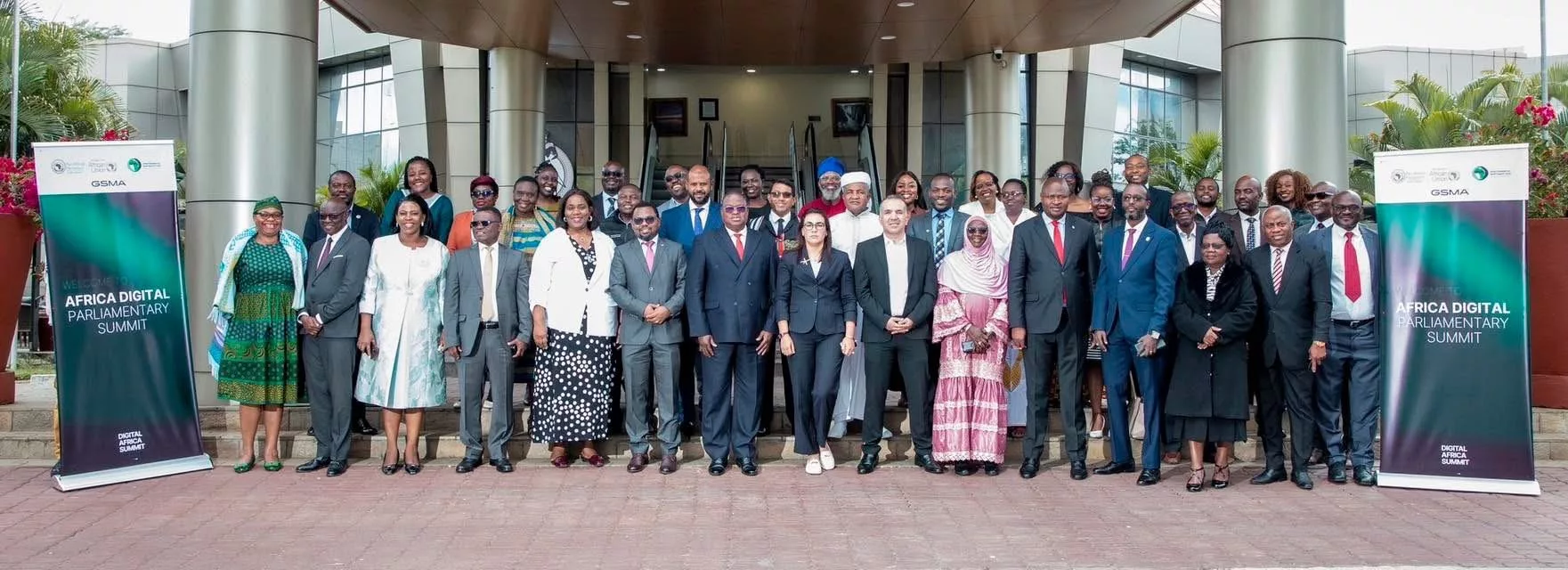By Bernard Marr
In some ways, the term “digital transformation” can be a little misleading. To many people, the word “transformation” can imply change with some kind of finality – that once we’ve managed the change, that’s it, we’re done, and we’re ready to reap the benefits for years to come.
Of course, with technology, that’s never the case. There’s always something new around the corner, set to disrupt the way things are done. Transformation doesn’t end when we have adapted to the impact of artificial intelligence (AI) or Internet of Things (IoT) on our lives and businesses – just as it didn’t end following the industrial revolution, or with the arrival of computers, the internet, or mobile devices. Rather than embracing and learning to thrive in the “new normal” – whatever that may be – it’s about being prepared for the “next normal” and then the normal after that—in other words, becoming resilient to the impact of change in general, rather than the changes we are specifically facing now.
Of course, there are times when the pace of change accelerates. And occasionally, as is undoubtedly the case right now, that acceleration is driven by necessity rather than human innovation or technological breakthrough. In these situations, change can be thrust upon us more quickly than we might expect, or are ready to deal with.
It’s fair to say that no one expected change to our lives and our businesses at the pace we have had to deal with over the past six months. During the next six months, however, it’s clear that data and technology will be the key drivers of adaptability and innovation. This means that ensuring our data infrastructure and strategies are more resilient than ever, and capable of handling change when it happens at an increasingly rapid pace.
Efficiently managed migration to cloud, data security, and operational resilience will become more essential than ever as we will be developing the flexibility to work across different platforms and to adopt a hybrid and multi-cloud approach. Opportunities to collect and analyze data will come at us faster than ever, and that data will come in an increasing variety of unstructured forms. Enterprises will sink or swim by their ability to adapt to this changing paradigm, and their choice of tools, platforms, and partnerships will be more important than ever.
Reiner Van Grieken, Oracle’s vice president of Cloud Systems for the EMEA region, describes what has happened over the first half of this year (and ongoing) as hitting a “fast-forward” button that rapidly moved us towards the “next normal.” And even in the (unlikely, I feel) event that this pandemic is a distant memory within the second half of 2020, things have been done that are unlikely to be undone. Huge changes to the way we work – such as the increase in working from home and the reduction in international business travel – have the potential to bring many positive changes to drive efficiency but must be managed appropriately and strategically if those benefits are to be fully realized.
Among the first question that every business has to be ready to answer is whether its data centers are prepared to meet the expectations of this brave new world. We know from our own observations (as well as the findings of research organizations such as Forrester) that companies with greater technological maturity solve challenges more quickly and adapt to change more efficiently. With the availability of new technology, including AI and machine learning that can improve speed, flexibility, and security in data centers, truly future-ready organizations must be ready to use every tool in the box to tackle these issues head-on.
Preparing to deal with cybersecurity threats is another essential aspect organizations will have to tackle in the near future. As Van Grieken explained to me ahead of Oracle’s EMEA Systems Advantage Forum virtual event, taking place on the 9th of September, cybersecurity threats come in three main forms. These are distributed denial-of-service (DDoS) attacks, ransomware, and loss of data through malicious data breaches. As the value of the data we generate and collect increases, it will become increasingly important that organizations build the capability to detect, neutralize, and recover from these attacks. This cyber-readiness is undoubtedly an essential part of preparing for the “next normal.”
Make sure you sign up for Oracle’s System Advantage Forum EMEA on the 9th of September: https://www.oracle.com/uk/systems-advantage-forum/
When it comes to preparing for cloud, decisions must be made about whether to adopt a public, private, or, as is increasingly the appropriate choice, a hybrid multi-cloud approach. Oracle’s Cloud @ Customer offering enables companies to benefit from cloud technology while keeping the data on-premise. This means that data with less sensitivity can be kept on public servers where it is readily accessible by anyone who needs it, while more sensitive data can be stored on-premise in compliance with rules and regulations relevant to your industry.
As an example of good practice in this area, we can look at Dialogue Semiconductors, a manufacturer of mixed signal integrated circuits that are used worldwide in consumer electronics, industry, and the automotive sector. With business increasingly dependent on fast and varied sources of data, but not being in the business of running data centers themselves, establishing a robust partnership with a provider such as Oracle was an essential first step in their preparedness strategy.
Their director of IT, Jochen Hinderberger, has spoken about the benefits they have achieved through the deployment of Oracle’s Exadata Cloud@Customer solution. He said, “Before, it took us days to create an internal database for our own use. Now we can do it in minutes.
“We used a third-party netapp in the past but had problems with speed and connectivity to our legacy systems for backup and recovery. Now we are protecting our production database of around 50+ terabytes, and backup and recovery is around four to six times faster than it was before.”
Another great example is Oracle itself, and how this leading computer technology company has gone through its own digital transformation and shift towards cloud.
About Bernard Marr
Bernard Marr is an internationally best-selling author, popular keynote speaker, futurist, and a strategic business & technology advisor to governments and companies. He helps organisations improve their business performance, use data more intelligently, and understand the implications of new technologies such as artificial intelligence, big data, blockchains, and the Internet of Things.
LinkedIn has ranked Bernard as one of the world’s top 5 business influencers. He is a frequent contributor to the World Economic Forum and writes a regular column for Forbes. Every day Bernard actively engages his 1.5 million social media followers and shares content that reaches millions of readers.






